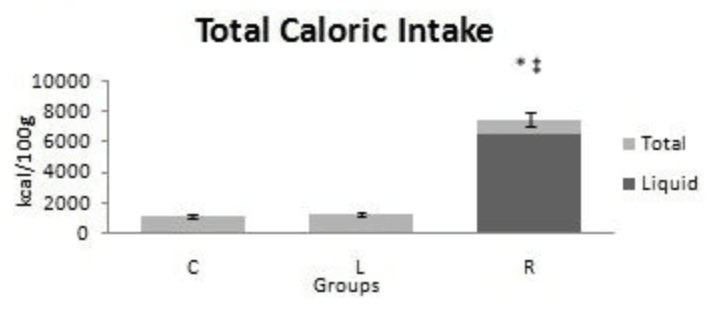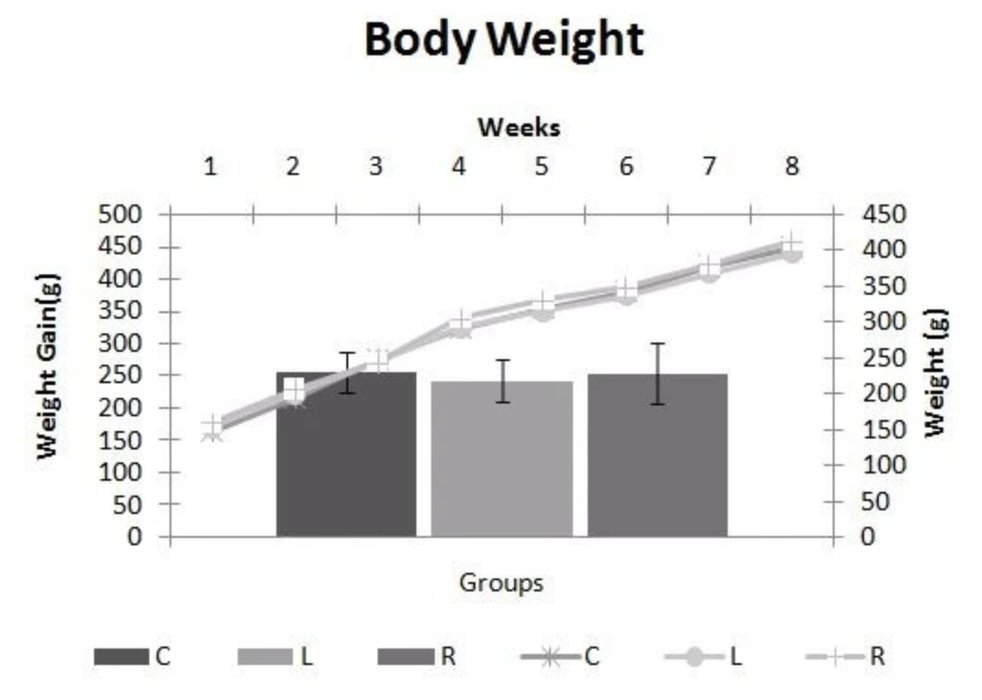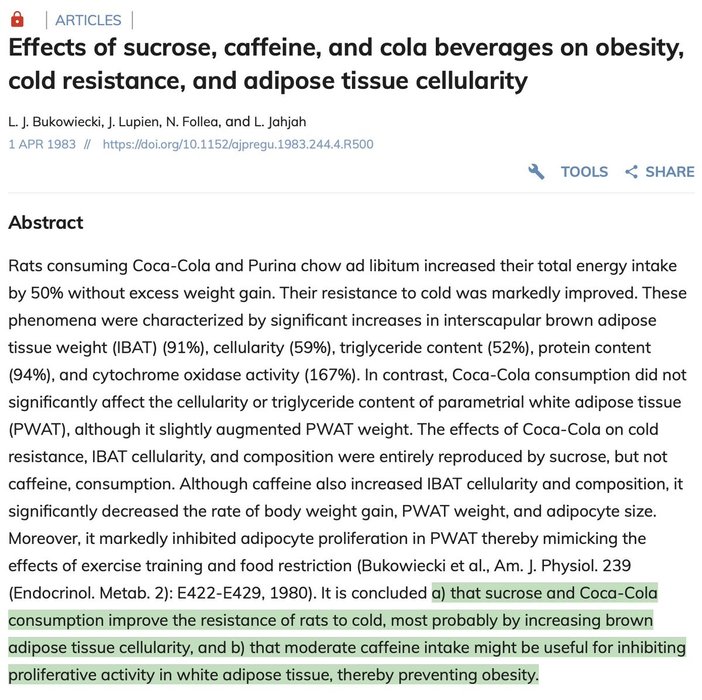Sublime
An inspiration engine for ideas
But in fact, there’s a serious cost. Having excess ATP sloshing around actually switches off the glycolytic breakdown of glucose to form the NADPH and acetyl CoA needed to make palmitate at all.
Nick Lane • Transformer: The Deep Chemistry of Life and Death
Metabolism is the process by which we take in nutrients and break them down for use in the body. In someone who is metabolically healthy, those nutrients are processed and sent to their proper destinations. But when someone is metabolically unhealthy, many of the calories they consume end up where they are not needed, at best—or outright harmful,
... See morePeter Attia MD • Outlive: The Science and Art of Longevity
small, dense LDL (or a high apoB or LDL particle number), high triglycerides, low HDL cholesterol, high blood pressure, and high fasting glucose. If your triglycerides are elevated and your HDL is low, that’s a very good sign you have metabolic syndrome and should address it by restricting the carbohydrates and particularly the sugars in the diet.
Gary Taubes • Why We Get Fat
Tired of feeling so lousy, she abandons the failed diet and resumes eating 2000 calories per day. Since her metabolism has slowed to an output of only 1500 calories per day, all her weight comes rushing back—as fat. Those around her silently accuse her of lacking willpower. Sound familiar? But her weight regain is not her failure. Instead, it’s to
... See moreJason Fung • The Obesity Code: Unlocking the Secrets of Weight Loss (The Wellness Code)
Fred
@frednutrition
As devastating as it is, cirrhosis is not the only end point I’m worried about here. I care about NAFLD and NASH—and you should too—because they represent the tip of the iceberg of a global epidemic of metabolic disorders, ranging from insulin resistance to type 2 diabetes. Type 2 diabetes is technically a distinct disease, defined very clearly by
... See more

